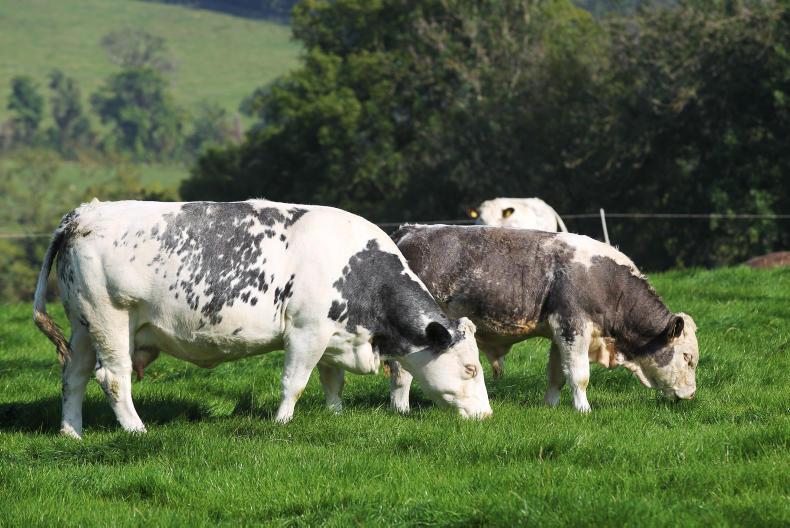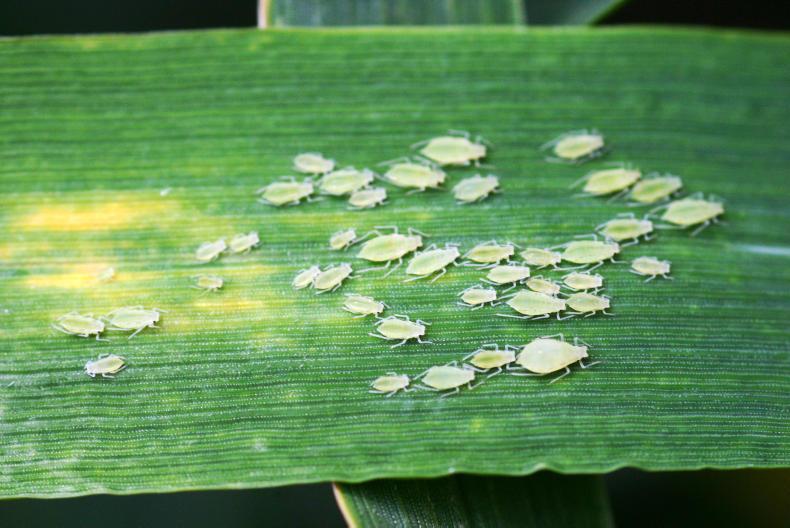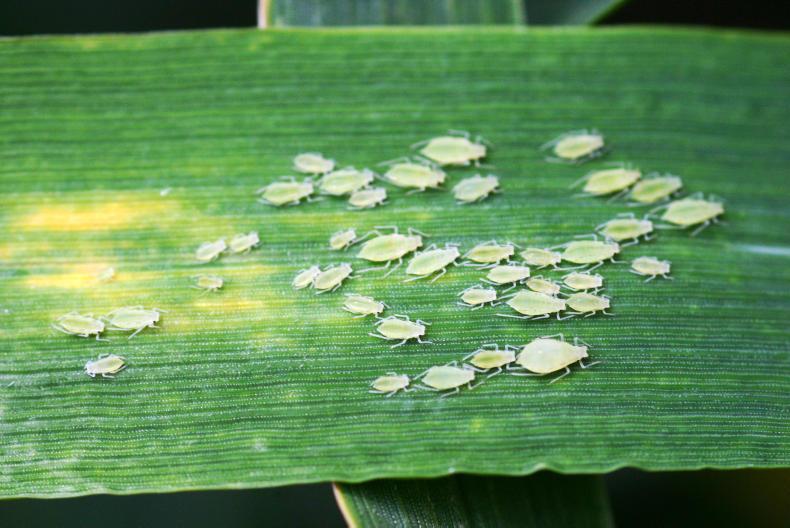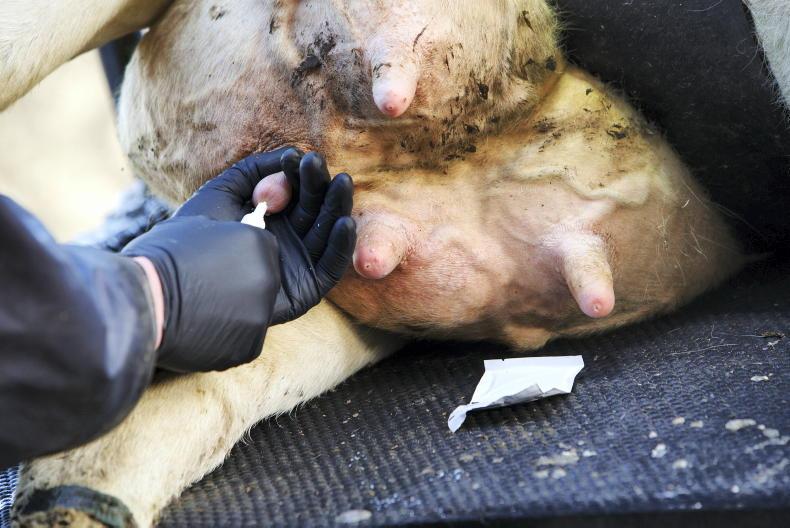There has been an increased incidence of mastitis over the past week, particularly cases of summer mastitis in autumn cows due to calve shortly. The problem was detected early and treatment was given in time, but it could easily have been missed, as these stock groups often do not get the same attention as spring cows or growing cattle.
Summer mastitis is less common in spring-calving cows, as the calf is sucking the cow regularly, but can occur in late-calving cows where calves are unable to suck all four quarters. Particularly high-risk areas are those with trees, close to water or sheltered by hedges, as this will attract flies.
Prevention is better than cure. Treating cows with a pour-on insecticide can help prevent the problem, but the cover period varies with different products. As the peak risk period is normally in late July and August, cows may need a second treatment. Applying tar can work, but that’s less practical as it needs to be reapplied every three to four days.
Cows with summer mastitis will have a swelled udder and flies around the teat. The swollen udder causes discomfort, which results in stiffness and lameness when walking. Cows generally develop a temperature, become isolated and dull in appearance.
When drawing a quarter, the characteristic thick, clotted secretion is present. If an antibiotic tube is being used to treat an infected quarter, make sure you clean the teat and use a glove. Preventing further infection is very important.
Read more
Summer mastitis: symptoms, treatment and prevention
Dealing with summer mastitis
Beef management : fodder budgeting
There has been an increased incidence of mastitis over the past week, particularly cases of summer mastitis in autumn cows due to calve shortly. The problem was detected early and treatment was given in time, but it could easily have been missed, as these stock groups often do not get the same attention as spring cows or growing cattle.
Summer mastitis is less common in spring-calving cows, as the calf is sucking the cow regularly, but can occur in late-calving cows where calves are unable to suck all four quarters. Particularly high-risk areas are those with trees, close to water or sheltered by hedges, as this will attract flies.
Prevention is better than cure. Treating cows with a pour-on insecticide can help prevent the problem, but the cover period varies with different products. As the peak risk period is normally in late July and August, cows may need a second treatment. Applying tar can work, but that’s less practical as it needs to be reapplied every three to four days.
Cows with summer mastitis will have a swelled udder and flies around the teat. The swollen udder causes discomfort, which results in stiffness and lameness when walking. Cows generally develop a temperature, become isolated and dull in appearance.
When drawing a quarter, the characteristic thick, clotted secretion is present. If an antibiotic tube is being used to treat an infected quarter, make sure you clean the teat and use a glove. Preventing further infection is very important.
Read more
Summer mastitis: symptoms, treatment and prevention
Dealing with summer mastitis
Beef management : fodder budgeting










SHARING OPTIONS